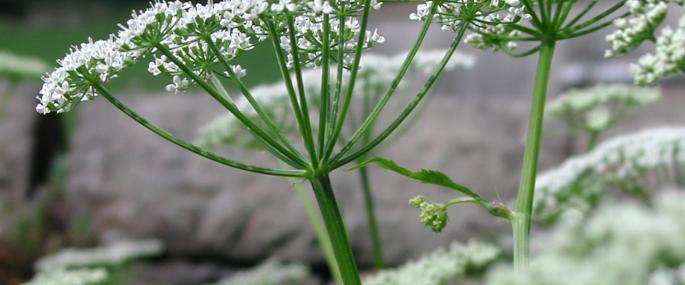Ground-elder was most probably introduced into the UK from continental Europe as a medicinal herb many years ago; it soon became established as a pernicious weed of gardens and cultivated ground. Compact umbels (umbrella-like clusters) of white flowers appear between June and August and are attractive to a range of insects.
Many of our so-called 'weeds' are beneficial to wildlife, providing food for nectar-loving insects and shelter for minibeasts. Try leaving wilder areas in your garden, such as patches of Ground-elder under a hedge, Red Clover in your lawn and Stinging Nettles near the compost heap, and see who comes to visit... To find out more about wildlife-friendly gardening, visit our Wild About Gardens website: a joint initiative with the RHS, there's plenty of facts and tips to get you started.
